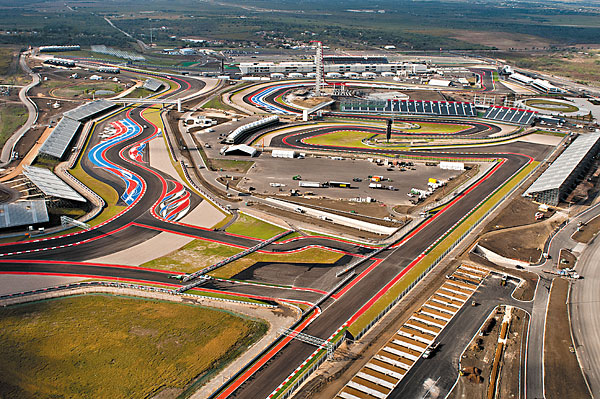Nestled in the breathtaking Austrian Alps, the Red Bull Ring stands as a symbol for motorsports and its fans. This iconic circuit, owned by Red Bull GmbH, has earned its place among the world’s most renowned racing venues. With a rich history, a challenging track layout, and a stunning backdrop, the Red Bull Ring is a true gem for both drivers and fans alike.
The Red Bull Ring has a story that dates back to 1969 when it was originally known as the Österreichring. Over the years, the circuit has witnessed thrilling races and heart-stopping moments. Renovations and improvements have transformed the circuit into the modern racing marvel we see today. In 2011, Dietrich Mateschitz gave the go ahead for his company Red Bull to purchase the circuit, injecting new life and excitement into the venue.
Original track layout of the Österreichring
Situated in Spielberg, Styria, the Red Bull Ring offers a mesmerizing setting that captivates visitors. Surrounded by the majestic Austrian Alps, the circuit immerses spectators in nature’s beauty while delivering adrenaline-fueled racing action. The combination of high-speed sections and low speed sections with a focus on balancing the car through the slower sections for the perfect line and breathtaking vistas creates an experience like no other. Carlos Sainz Jr. holds the track record at the moment of writing.
The venue first hosted the Austrian Grand Prix in 1970, establishing itself as a favorite among drivers and fans. After a hiatus, the circuit made a triumphant return to the Formula One calendar in 2014, when the proposed New York Grand Prix was postponed (no word on that yet). The Red Bull Ring’s layout, with its fast sections and overtaking opportunities, guarantees intense and unpredictable races. The previous form of the circuit, the A1 ring was designed by Hermann Tilke building on the existing circuit to improve its safety and increase overtaking opportunities. When Dietrich Mateschitz bought the circuit in 2004, many questioned if Red Bull would or could reopen the track to motorsport series with their resources and commitment; keep in mind this was almost a year before the Red Bull Racing F1 team was established in 2005. In 2007, VW, KTM and Magna International made their decision to not invest in the project and by next year Red Bull greenlit the renovation of the track under a 70 million pound budget. The circuit has also helped the motorsport field during the 2019 pandemic, making provisions to host races and accommodate additional races due to the unavailability of other circuits.
While Formula One is a staple at the circuit, the Red Bull Ring also hosts an array of other prestigious racing series and events. The DTM series was one of the first major championships to race on the newly reopened circuit in the 2011 season, showcasing the prowess of touring cars. In 2011, the F2 series also made its debut at the Red Bull Ring. Due to the challenge of the mountains and the open landscape, the Red Bull Air Race World Championship was held in the period of 2014-16; a far way from motorsports but a thrilling experience nevertheless. In 2016 MotoGP, rolled out the wheels for a return to the Styrian track after 1997.
Present layout of the Red Bull Ring
Attending a race at the Red Bull Ring is a feast for the senses. Drivers pushing the limits on the track, navigating hairpin turns and accelerating down the straights. The passionate Austrian crowd adds to the excitement, creating an memorable experience for both newcomers and seasoned racing aficionados.
The Red Bull Ring is not just a racetrack; it is a symbol of speed, innovation, and adrenaline. Its captivating history, challenging layout, and awe-inspiring surroundings make it standout. Whether you’re a Formula One fan, an DTM enthusiast, a fan of two wheeled racing, or simply a lover of thrilling experiences, the Red Bull Ring offers a spectacle that will leave you breathless.



